wood apple tree bonsai
 Bonsai Green Tree, Wood Apple (Feroniella Lucida) Use For Garden.. Stock Photo, Picture And Royalty Free Image. Image 141701347.
Bonsai Green Tree, Wood Apple (Feroniella Lucida) Use For Garden.. Stock Photo, Picture And Royalty Free Image. Image 141701347.Bonsai Apple Trees: Guide to Care for the Compact Fruit TreeThe apples of the tree are definitely worth traveling to every fall while ripe for the harvest. Most people lack the space for, or simply don't want to deal with the reward every year as more products can be easily used. But what if I told you you could have your own apple tree... no matter what space you have available for it? And that you could easily control the number of apples you get to not experience unnecessary waste? With a , you can have just that, and cultivate a tree that fits well on your table, balcony, porch, or even along a trellis. Table of Contents What is a Bonsai tree? Bonsai is a Japanese term that literally translates as "planted in a shallow vessel." This practice has been provided through cultures as a popular gardening technique to create miniaturized, but realistic representations of tree shapes. Bonsai is not a genetically altered plant to create a kind of dwarf as a full-size version. Rather through careful cultivation, pruning and wiring of the branches, a gardener can influence the tree to remain under 4 feet (a generally accepted height), and still carry flowers and fruits if desired. The trees make ranch in height from mere inches, to approximately 7 feet high depending on the desired results and plant placement. Any plant that has a woody stem can be influenced to grow under these conditions, and only require some simple tools and products to keep the plant. Although it is suggested that pots help to restrict the growth of the roots and the availability of nutrients, native species in your area can be cultivated right within your garden. Start Apple trees are a wonderful choice to create Bonsai. They have a decent growth rate that offers many opportunities to train new shoots and branches, as well as blooming beautifully in spring, and can be cultivated to produce a decent amount of fruit relative to their size. Materials you will need Once again that the plant and the container (explained below) do not need much material to cultivate your plant. A lower layer of the thick substrate for drainage, soil, pruning to help cut and cut both branches and roots, and wire and pliers for modeling purposes are all you need to start. Of course, you should be kept in mind to ensure that you have a soil that has good drainage and airing. SoilThe soil is always an important consideration no matter if you are planting in the garden or its pots. The soil helps to put the nutrients available for your plant, but it should also allow water drainage, and good airing, but not dry too fast that hardens the soils and prevents water from being absorbed by the roots. Since Bonsai's roots are little deep, the soil that sits inside is incredibly important to keep in mind. You can always buy a Bonsai mixture, or make your own using a mixture of Akadema, Pumice, Lava Rock, organic pottery soils and grit. Akadema is hard cooked clay, and when mixed with other substrates, it helps to provide an easy water drain that you need to prevent the water from feeling in the roots and causes rot. This mixture is also critical for root formation. You want your roots to be divided as they create a ton of interest, also weaken the tree in a way that allows you to sit down to stay smaller. This also provides a larger surface for water and nutrient absorption to feed the top of your tree, which is where your main interest is. Seed vs Seedling You need to decide if you want to start your plant from a seed or seed. Both provide a small plant, but there are some advantages to have it from the earliest possible age. Although you will have to have patience in the growth of your plant from a seed, once it reaches about 5 cm in height, you can get it in pot and start the training process and shape it as it grows. Choosing a ContainerTraditional Bonsai begin, and stay, within small containers that help balance the height and growth of the tree. The container is as important as the tree itself and is considered an integral part of the art form. There are around the type of container that goes best with the type of plant that has decided, including shape, color and enamel. In general, the pot should be the same height as the trunk is wide directly above the superficial roots (called nebari). The ovals and rectangular pots should be 2⁄3 of the tree's height around, with round or square pots only 1⁄3 of the height, with pots widening if there is a particularly large container. However, fruit trees should be given a deeper pot to ensure that nutrient absorption is sufficient for harvestable fruits. Fold the depth of what is expected must be considered. Plant Care Tips Over the years Bonsai growers have developed many techniques to help create a healthy plant that lives long and prospers. One is the soil mixing technique as described above, as the container size to provide a means to help keep the small plant and focused on sending nutrients into foliage and prolific blooms. If you provide a fine mesh at the bottom, you help retain the nutrient-containing soils to make them available for root absorption. The mesh will allow water drainage, but will not easily wash fertilizers and other organic soil materials, as well as well as well dry soils are known. The use of Akadema clays also helps to unite nutrients while allowing water to drain. As many Bonsai end indoors, make sure you get the right sunlight. Light is crucial for tree survival, and most do not do well in low-light situations. A sunny window, placing outdoors in warmer months, or even all the solutions to make sure the tree is capable of photosynthesis and creating the beautiful blooms, foliage and fruits you want. Repotting You should. You have to look carefully for the signs that your tree is not growing as well as you feel you should, or not produce the blooming for the foliage. If this is the case, it may be rooted, and it must be repotted. To rethink, you want to follow simple steps, being careful to be smooth with the whole plant through the whole process. Formation If you're new to Bonsai, you should stay with keeping your tree as natural as possible to help learn how the tree grows, and the care necessary to keep it alive and healthy. Over time, as you become more comfortable with Bonsai techniques, you can start . You want your tree to grow naturally, no matter what work you do about it. You need to recognize the direction your tree prefers to grow and help cultivate this to create an intricate balance. You don't want to force your tree into training, but allow the tree to move along its training techniques. PruningPruning is the most important step in forming your tree. There are two types of trimming: maintenance and training. refers both to the cutting of the roots to repotting, as described above, as well as to keeping your tree in its desired shape and size by cutting new growth. It's very important to pay attention to how you pode your apple as you want to be sure. Basically, you want to keep your growth buds if you want to get some fruit. The training takes place after the tree fell asleep in the fall, or before it explodes in the spring. Even if your tree is not losing leaves, this is still a period of slow to any growth due to the availability of light. Basically, you want to remove any branch that is not desired or remove from your desired form at this time. DefoliationDefoliation is the technique in which undesired mature leaves are removed to encourage new growth and to help keep them small. This can be done during the growth season and can take place while eliminating any small, new outbreak that occurs through the night of growth. WiringWiring is the process in which you wrap an aluminum wire or soft copper around your branches to help. The wire gage depends on the thickness of the branch and is related to the strength you need. It's easier to do this with young and flexible branches, but you should take care of it closely as they grow fast and you want to make sure you remove the wire in time to prevent the surface of your branch from being cut or cut into it. You can use this technique to anchor your branches as well as to throw them in new directions. Hydrating Because your tree has a small container, well removed soils and an intricate root system, irrigation is a very important consideration. You want to be sure that your plant receives enough water due to the conditions of your growth. Like most plants, you want to make sure that your tree never drys completely, but you also don't want water sitting on the roots of your tree (here's the attention to drainage). You can water your Bonsai from the top, or down, but you need to make sure that the water regularly. Some experts say you need to water a little every day, another twice a day. Moreover, some claim that the soak is well once a week is enough. Honestly, this depends a lot on what substrate you have inside your plant. If it is drained quickly, you will need to rewrite it on a regular schedule, like once in the morning, and then watch out for how fast it dries. Plants do not grow well when saturated or dry, but absorb the maximum nutrients when wet to create new growth structure. Apple trees in particular need to be watered well by producing to maintain a regular flow of food and hydration to fruits (which are very full of water). FertilizationDue to the enan forced nature of a Bonsai, it is very important that the tree be like keeping it in a smaller state does not allow the canopy to create all the food it needs through photosynthesis. In addition, nutrients are quickly washed from the dry soil and need to be replaced. are available to buy and are even available for seasonal changes. In general, you will want to fertilize about twice a month during the cultivation season but stop during fruit production. Come the winter, your tree will not absorb the nutrients easily, and so you can stop your fertilization program once every few months, and provide a low, or .ConclusionAlthough what I described above may seem a lot of work, consider the slow growth of most of the plants and the small nature of Bonsai, and you can see that very little time needs to be put in your overall effort. In general, you need to apply an irrigation schedule, fertilization and pruning your mature tree - with most of your attention to grow and shape your sting while mature. If you've ever modeled Bonsai before, we'd love to hear about your techniques and tips below. We would also love the opportunity to answer any questions you might have. As always, please share too! Related posts

WoodApple Bonsai Wiring and Shaping | #SreeBonsaiZone | #Bonsai_Tutorial_in_Tamil | - YouTube

20+ New For Wood Apple Tree Bonsai | Pink Wool

Woodapple - Limonia acidissima - Rutaceae - 40 years old C20080902 110 | Bonsai tree, Bonsai art, Bonsai
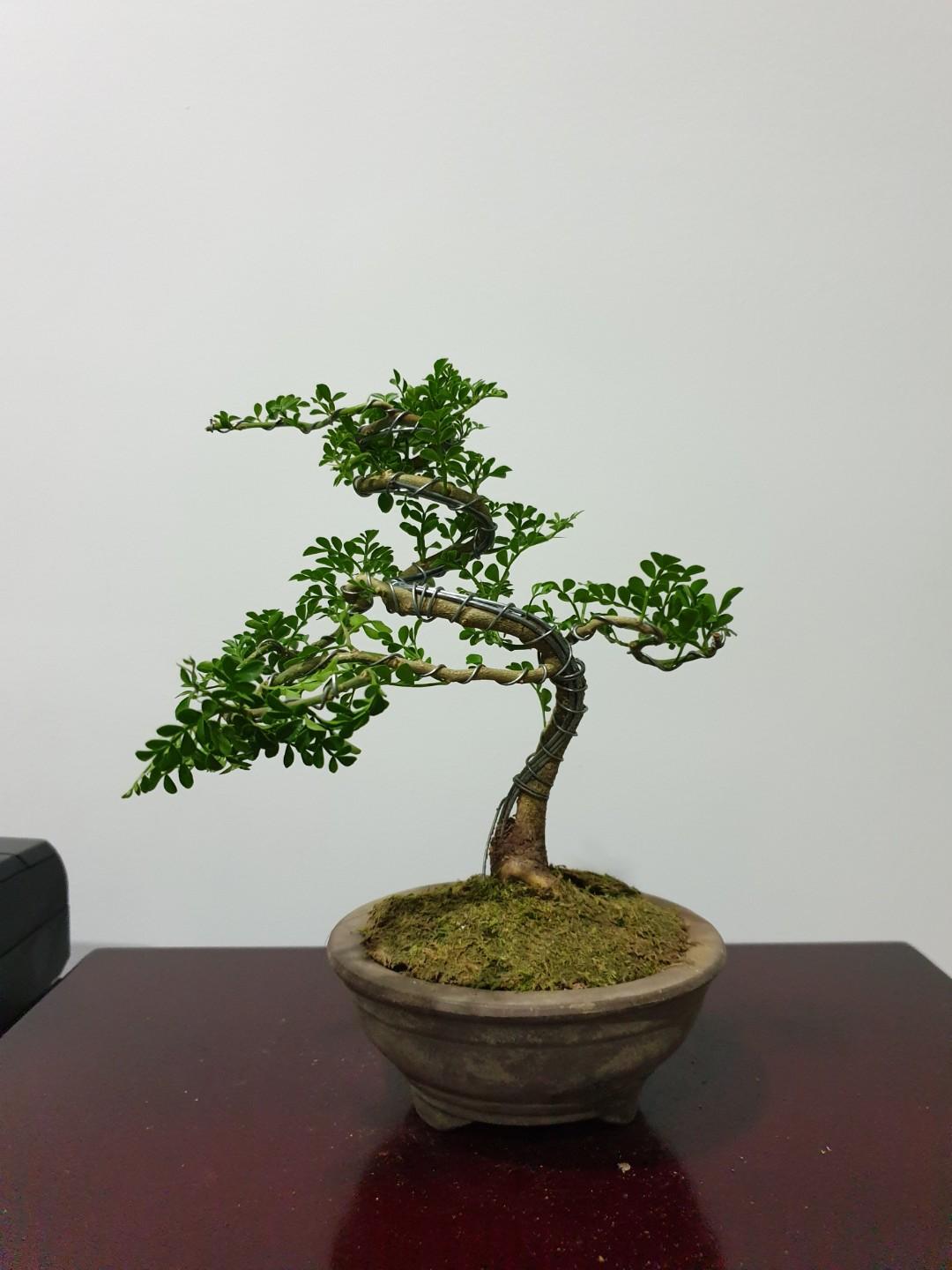
Mini Wood Apple Bonsai Plant, Gardening, Plants on Carousell

Woodapple - Limonia acidissima - Rutaceae - 45 years old C20080902 108 | Montreal botanical garden, Botanical gardens, Bonsai art
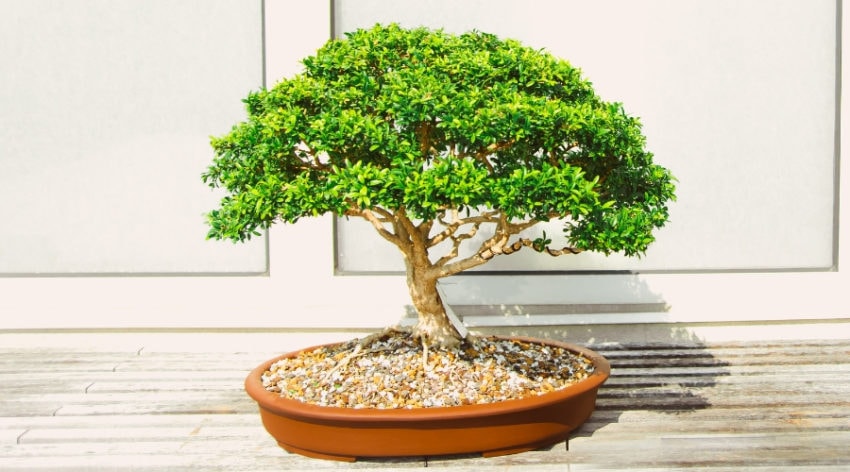
Bonsai Apple Trees: A Guide to Compact Fruit Tree Care
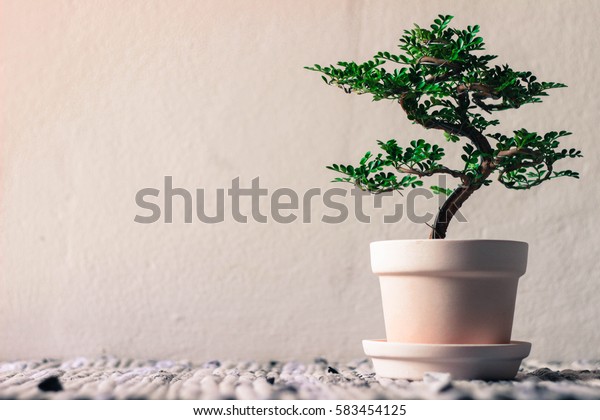
Wood Apple Bonsai Ebony Tree On Stock Photo (Edit Now) 583454125

20+ New For Wood Apple Tree Bonsai | Pink Wool

Apple Bonsai Tree Care Guide (Clusia rosea) | Bonsai Tree Gardener
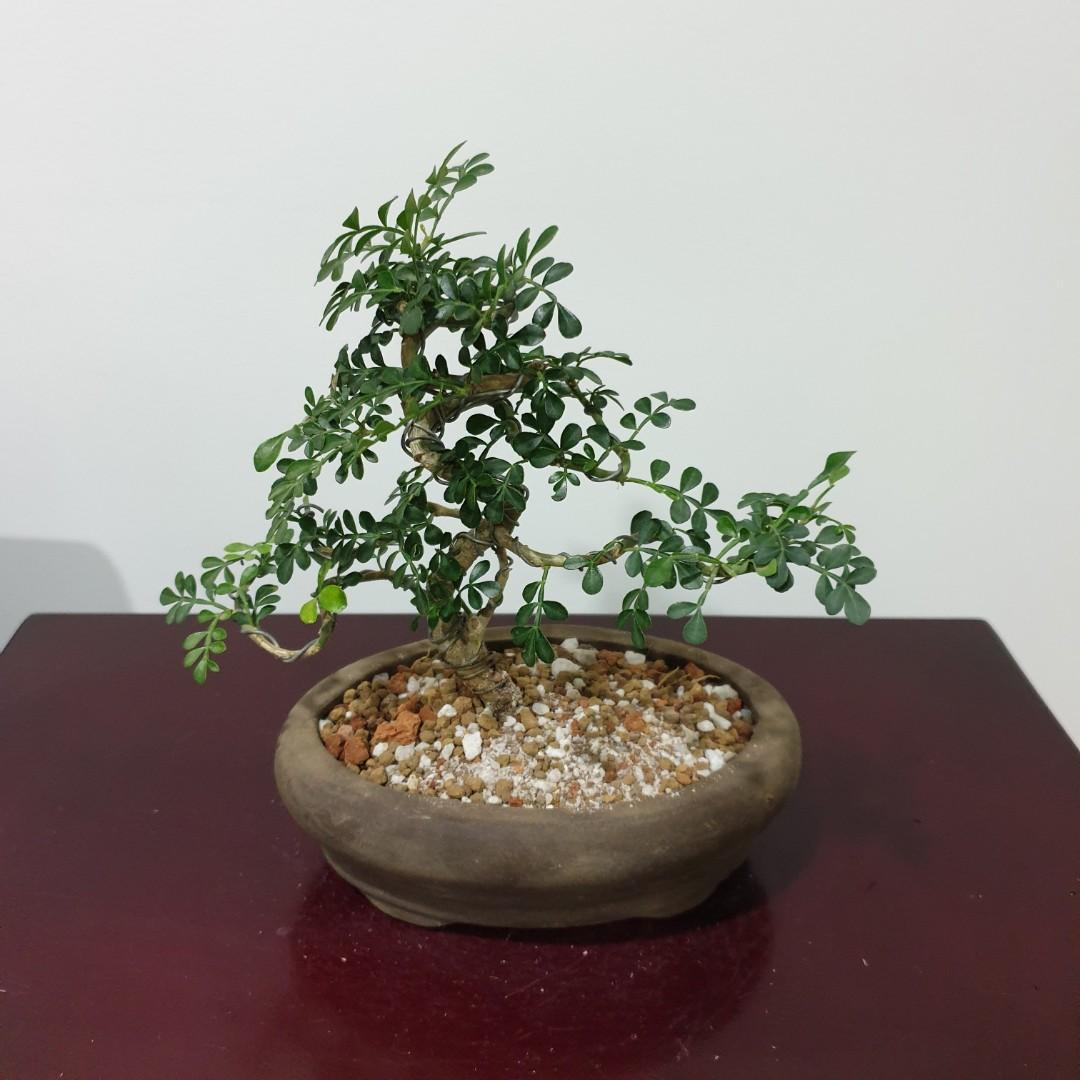
Tree Seeds Rare Edible Sacred Medicinal 10 Limonia acidissima WOOD APPLE TREE SEEDS Garden & Patio brucebibee.com

20+ New For Wood Apple Tree Bonsai | Pink Wool

Tiny Bonsai Apple Tree On Display In Grand Rapids Michigan Stock Photo, Picture And Royalty Free Image. Image 115201427.

Boxwood Bonsai Tree Care Guide (Buxus sempervirens) | Bonsai Tree Gardener

Wood Apple Bonsai Ebony Tree On Stock Photo (Edit Now) 583454116

Mini Wood Apple Bonsai Plant (SN2), Gardening, Plants on Carousell
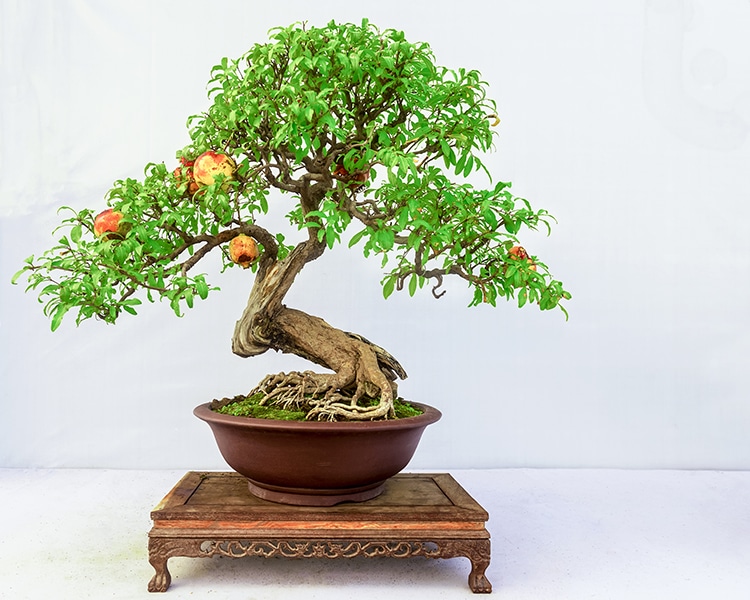
Tiny Bonsai Trees Can Grow Full-Sized Apples and Pomegranates

Woodapple - Limonia acidissima - Rutaceae - 40 years old C20080902 110 | Montreal botanical garden, Botanical gardens, Plants

Bonsai Tree On Wooden Table Stock Image - Image of small, wooden: 66362473

Apple Bonsai Tree Stock Photo - Download Image Now - iStock
Re-potting wood apple tree plant #244# "Aponbhoban Bonsai" - YouTube
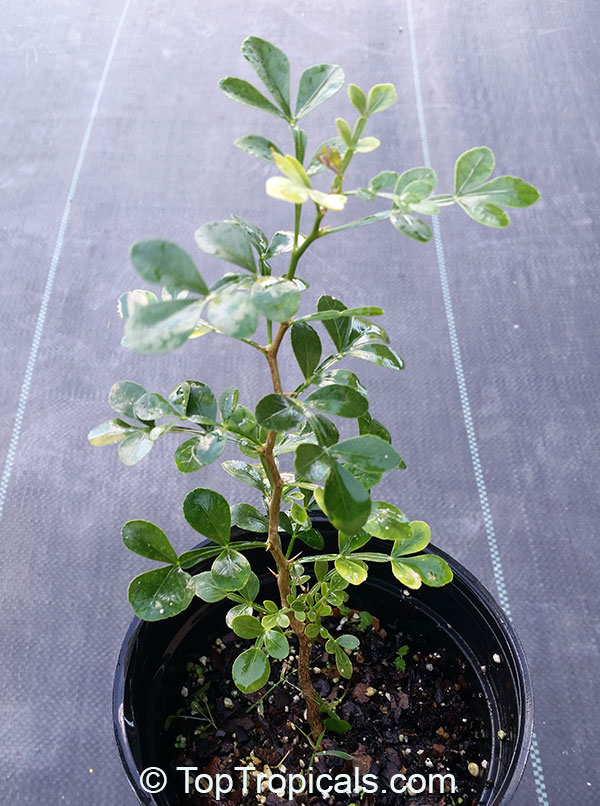
Limonia acidissima, Feronia elephantum, Feronia limonia, Wood Apple, Bel Fruit, Elephant Apple, Monkey Fruit, Curd Fruit, Bela, Billin, Kath - TopTropicals.com
Apple Tree - Bonsai In The Style Of "Straight And Free". Exhibition.. Stock Photo, Picture And Royalty Free Image. Image 83715875.

India Windswept Bonsai Style Wood-Apple || Manoj Kumar || Gardening มะสัง kawista-krikil - YouTube

Wood Apple Tree Bonsai (Page 4) - Line.17QQ.com
Flora Exotica - New Year Sale

Bonsai Apple Trees: A Guide to Compact Fruit Tree Care
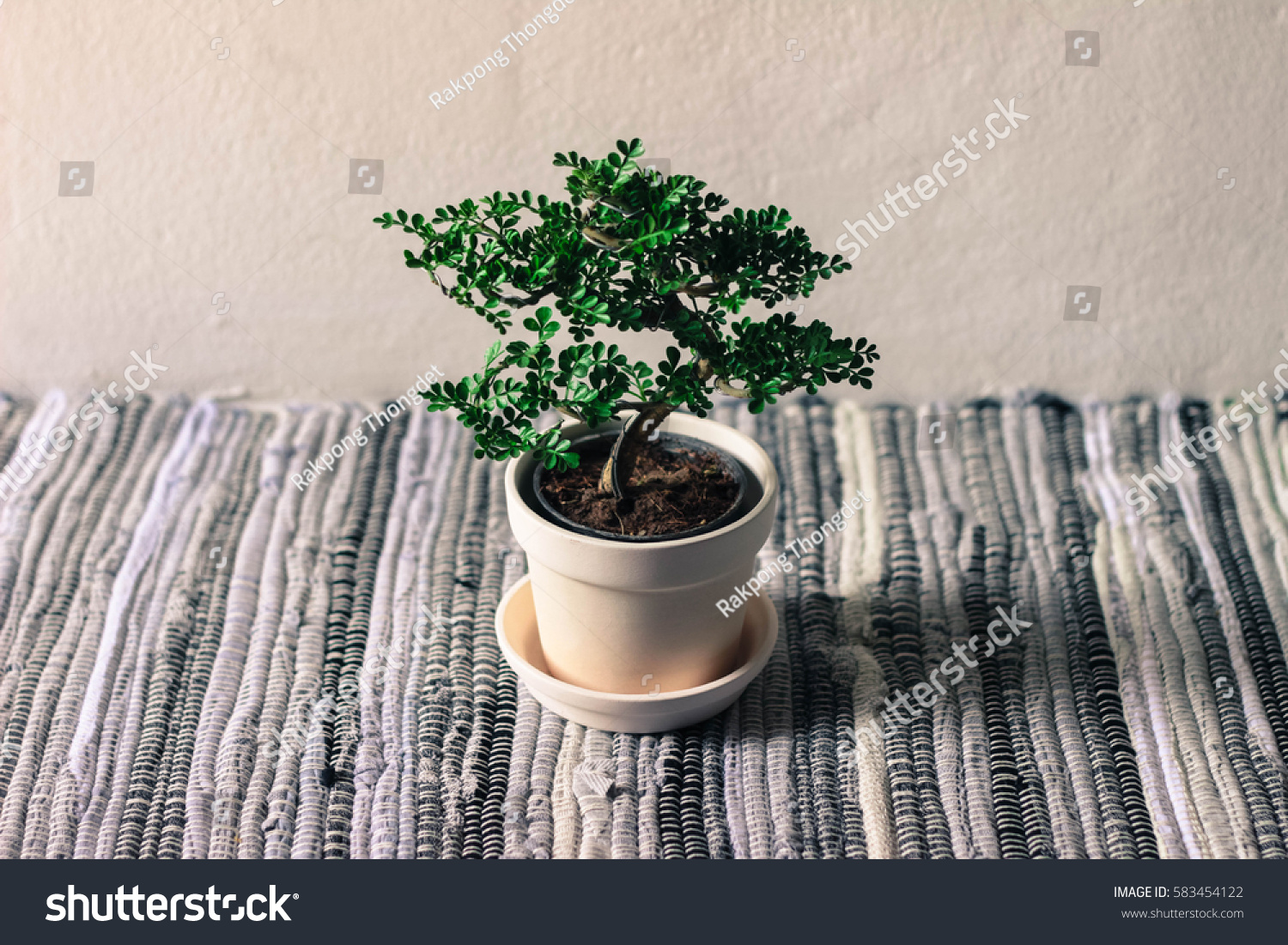
Wood Apple Bonsai Ebony Tree On Stock Photo (Edit Now) 583454122

Mini Wood Apple Bonsai Plant, Gardening, Plants on Carousell

Chinese Elm Bonsai Tree Care Guide - ALL THINGS BONSAI

Wood Apple Tree Bonsai (Page 1) - Line.17QQ.com

Pot Grown Apple Photos - Free & Royalty-Free Stock Photos from Dreamstime
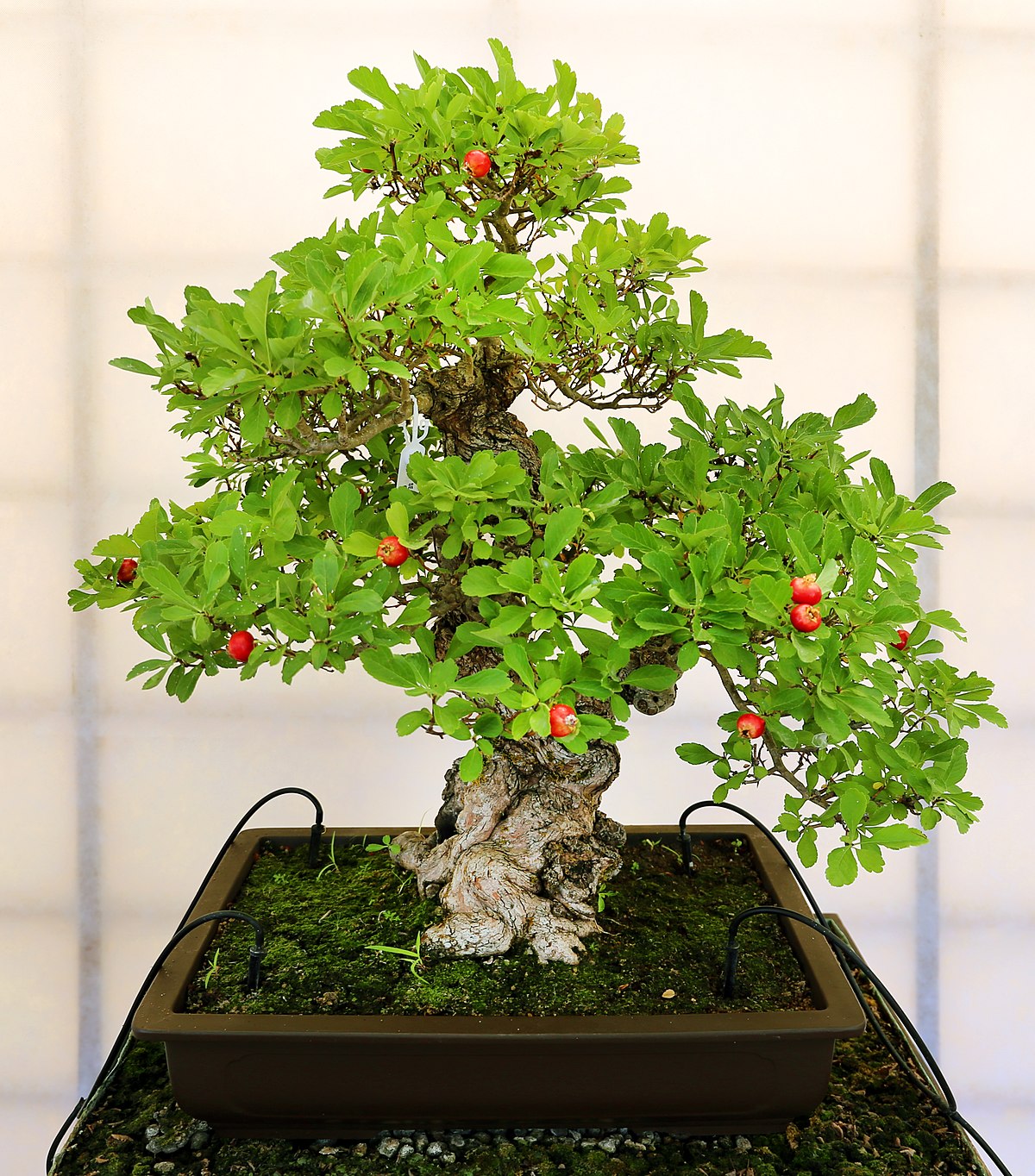
Bonsai - Wikipedia

20+ New For Wood Apple Tree Bonsai | Pink Wool
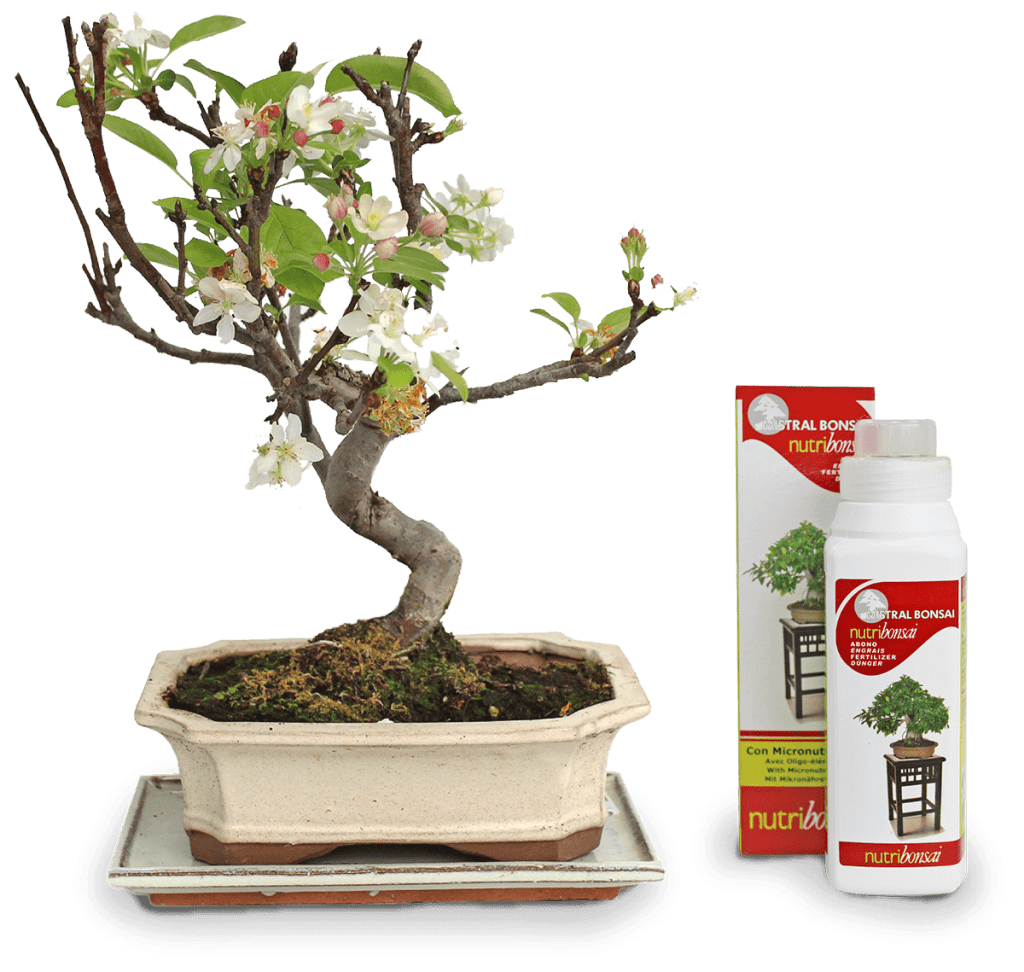
Apple trees, an essential bonsai on your terrace | Mistral Bonsai
The Most Beautiful And Unique Bonsai Trees In The World

Small Bonsai Tree Taken From An Apple Tree With White Background. Stock Photo, Picture And Royalty Free Image. Image 132866533.

BONSAI Tamarindus Indica, tamarind tree tropical edible fruit wood seed 15 SEEDS | eBay
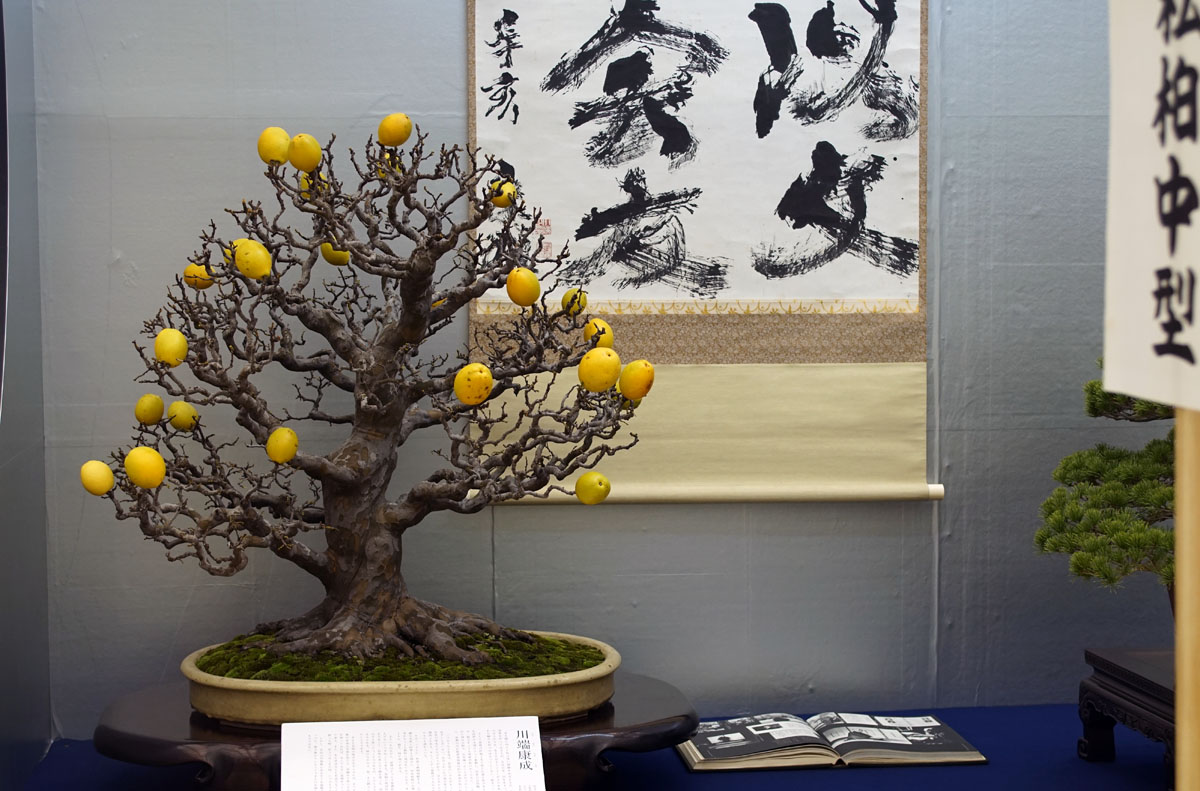
Top 10: Bonsai fruit trees - Bonsai Empire
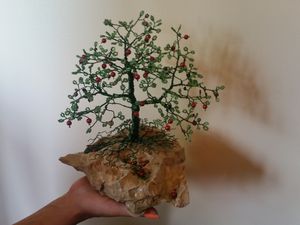
Beaded Wire Tree - Green Apple Tree - Beaded Wire Tree Bonsai Art - Sculptures & Carvings, Flowers, Plants, & Trees, Trees & Shrubs, Orchard Trees, Apple Tree - ArtPal

Bonsai Tree Closeup High-Res Stock Photo - Getty Images
Post a Comment for "wood apple tree bonsai"